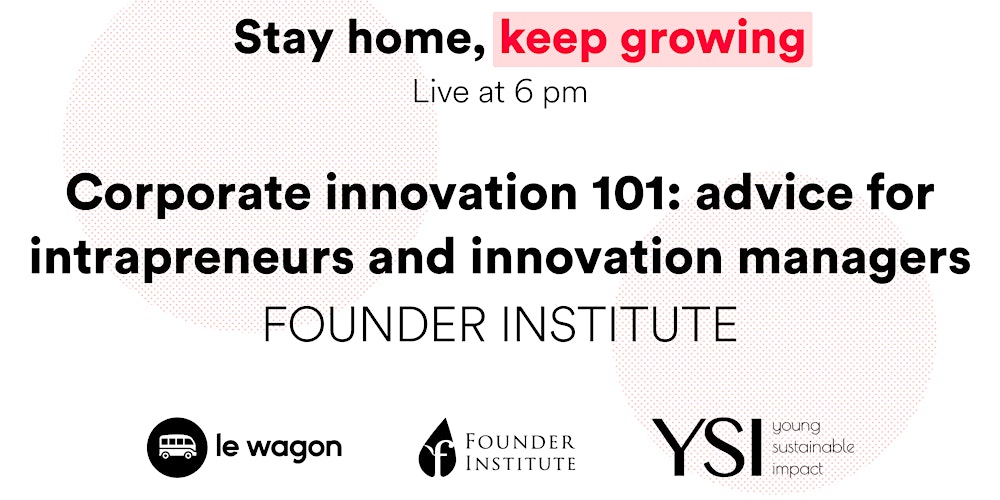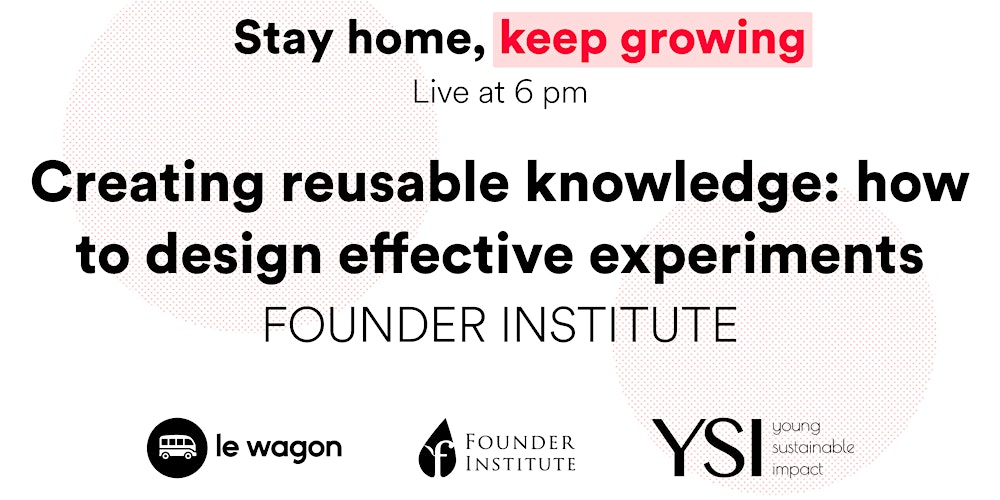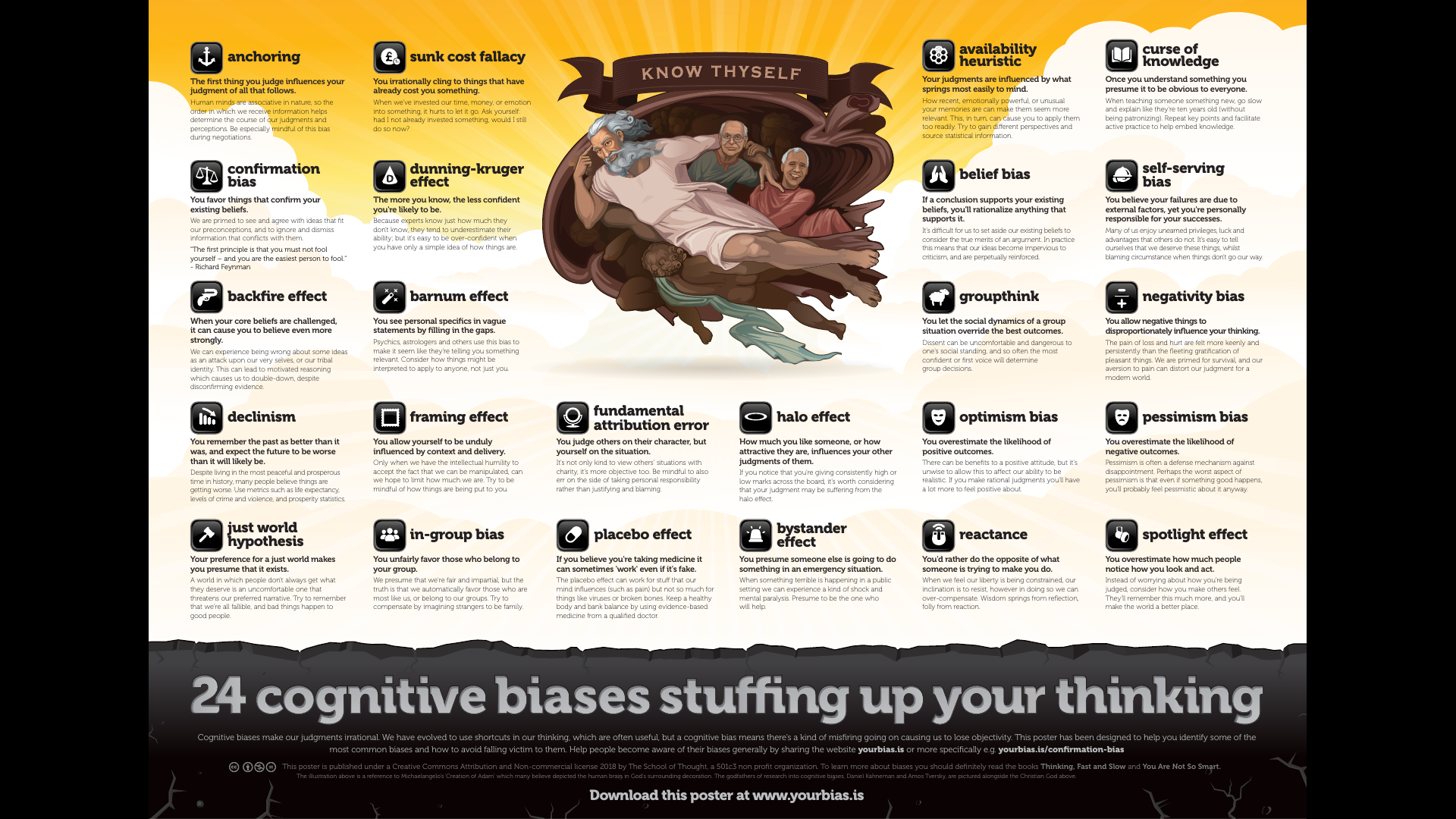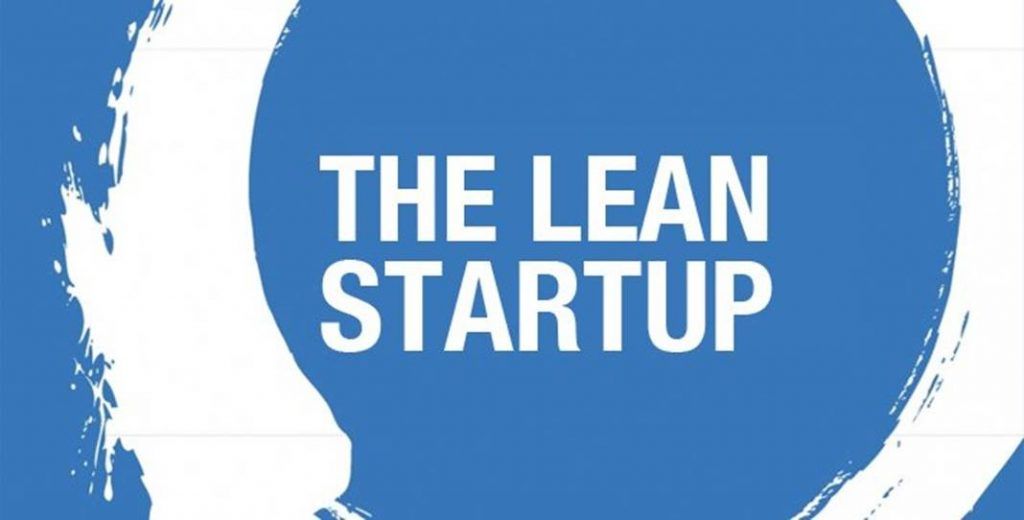Innovate or die? Nonsense.
Innovate or die is a harmful, populist, mantra.

Yes, it is nonsense.
First, what is innovation?
Everybody is talking about innovation, throwing buzzwords left and right like there is an award for most confusing term. The word has been stretched so thin that it is almost meaningless.
What passes as corporate innovation nowadays is random guess-work with mandatory orgy of sticky notes; gimmicky innovation sessions with yet another canvas; theatrical PR-stunts for social likes... Feel free to continue the list with your own favourites.
My fundamental belief is that organisations' innovation efforts should directly contribute to both business and corporate objectives. Yes, including financial performance.
Most pragmatic definition of innovation is something new creating value:
- Newness without value is invention.
- Value without newness is improvement.
- Newness and value together are innovation.
Value creation must be two fold: (1) external, helping customer do something better, and (2) internal, making a positive contribution to the bottom line.
Second, it is a harmful, populist, mantra.
It might help consultants and agencies sell their service, but how does it help employees who have to listen their bosses and leaders regurgitate it?
Getz and Robinson warn us in their Innovate or Die: Is that a Fact? (2003) piece:
We believe a company that seriously wants to grow and prosper in the coming decade can not afford to lose the ideas of its front-line employees. Many good companies have fallen prey to ‘Innovate or Die’ mantra, skipped over the foundations of progress – customer-focused processes and managing their employees’ spontaneous ideas – and jumped straight into building the penthouse – the layer of innovation capability. They have paid the price of not taking care of the foundation first. It is always fun in the penthouse, but the fun will not last long if it is built on moving sand.
Be patient and build the cathedral, one brick at a time.
That might not seem glamorous, especially with all the hyper-growth obsessed wantrepreneurs around, but at least it won't blow over at the earliest sign of disruption.
Third, innovation does not exist in a vacuum.
It requires real people with real skills. It also requires mature systems.
It is highly improbable that investing in a single innovation initiative will pay off, regardless of how much is being invested. By the time it becomes clear that initial ambitious targets will not be met, it will be almost impossible to stop the project. Ego, sunk cost, and all other wonders of our fallible brain.
Investing into a portfolio of innovation initiatives yields better results because it spreads the risk of failure. It also provides and arena for difficult questions like How does this initiative relate to anything? and Haven't we already stopped this?
Portfolio must be matched with focused and clear investment strategy – an innovation thesis for example – and proper governance – designed to protect the organisation without hindering innovators – otherwise it won't serve its purpose. What should be invested in? What should not be invested in? How does investment relate to maturity of the idea? How should progress be measured? How should the portfolio look like? How much risk is acceptable? And so on.
All of the above is quite difficult unless you have a group of people that are ready, willing, and able within a system that is fit for purpose.
Yelling – or plastering wallpapers of – Innovate or die! doesn't help with any of it.
Lack of innovation is not sudden death.
Doing business poorly and burning thoughtlessly through cash is.
(Unless you are too big to fail, then just go ahead and do whatever you want.)
Upcoming growth opportunities with Bruno:



Three latest posts:



Bruno Unfiltered is a weekly newsletter bringing you Bruno's latest thoughts on contemporary topics in his signature style. No one and nothing is spared.
Bruno Unfiltered
Subscribe to get the latest posts delivered right to your inbox. No spam. Only Bruno.






